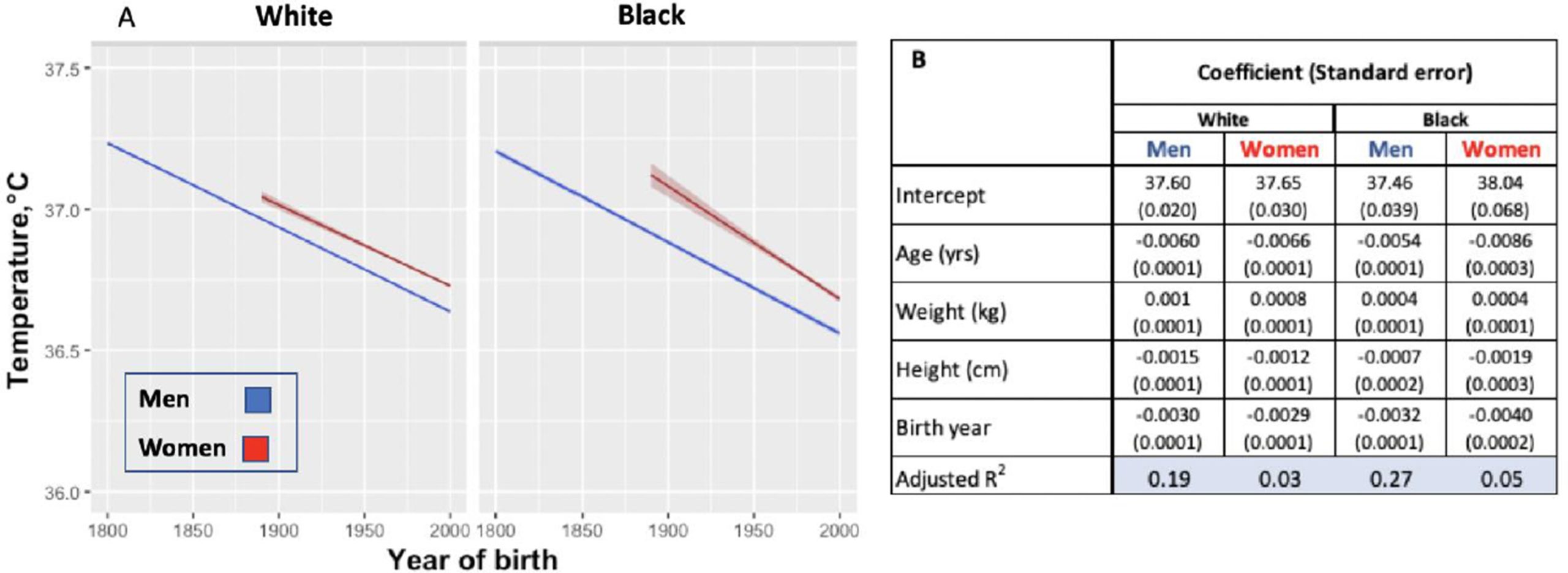Human body temps are lower, and the reasons are intriguing
 29 Januari 2020
29 Januari 2020
Most of us are accustomed to thinking of normal human body temperature as 37°C, whether we’re the medical professionals or the people seeking care for a fever. Yet research from the United States suggests that “normal” body temperature has changed since it was first defined, and it is lower now than once thought.
“Our temperature’s not what people think it is,” says Dr. Julie Parsonnet, a professor of medicine and of health research and policy at Stanford University. “What everybody grew up learning, which is that our normal temperature is 98.6, is wrong.”
That Fahrenheit equivalent was established by German physician Carl Reinhold August Wunderlich in 1868, but the new research published this month by eLife contradicts it. So have two dozen other studies, including one of 35,488 British patients in 2017 that found a mean oral temperature of 36.6°C.
It’s not merely an academic question. Human body temperature is a “crude surrogate” for basal metabolic rate, the authors note. That’s linked to both longevity (higher metabolic rate, shorter life span) and body size (lower metabolism, greater body mass).
What many have wondered, though, is how accurate the original 19th-century measurements were, so the Stanford team hoped to establish whether the lower readings in modernity reflected a true change. They looked at records from Union Army veterans of the U.S. Civil War, which provided a data set of men born in the early 1800s and tracked by military, medical and pension records from 1862 to 1930.
They also looked at data from American citizens participating in a national health study from 1971 to 1975, and then evaluated records from Stanford’s own health system that dated from 2007 to 2017.
All told, they used 677,423 human body temperature records, and found that men born in the U.S. in the early to mid-1990s had average readings 1.06°F (0.59°C) lower than that of men born in the early 1800s. Similar changes were found for women, for whom records dated back to those born in the 1890s.
The calculations corresponded to a decrease in body temperature of 0.05 F every decade, the researchers said. But why? Are the differences simply a matter of better instruments and records? One way of checking was to revisit the historical records, comparing readings within the datasets. The Civil War veterans, for example, never knew 21st-century technology but had the same rate of decline in each decade.
What the Stanford team thinks is that it’s environmental and public health changes that influence the temperature trends. “Inflammation produces all sorts of proteins and cytokines that rev up your metabolism and raise your temperature,” Parsonnet said. Across two centuries, citizens in the U.S. have known better hygiene and living standards, greater availability of food and advanced medical care, and that’s reduced the levels of inflammation their bodies experience as a part of routine living.
The authors also suspect modern heating and air conditioning systems contribute to the lower baseline body temperatures. That’s because human bodies are not doing the work of making constant adjustments for themselves, which requires energy that generates body heat.
“Physiologically, we’re just different from what we were in the past,” Parsonnet said. “The environment that we’re living in has changed, including the temperature in our homes, our contact with microorganisms and the food that we have access to. All these things mean that although we think of human beings as if we’re monomorphic and have been the same for all of human evolution, we’re not the same. We’re actually changing physiologically.”
That said, the authors note that age, gender and even time of day can alter temperature readings. There’s definitely a cooling trend in Americans, but it’s not yet time to change the tried-and-true standard.

The post Human body temps are lower, and the reasons are intriguing appeared first on Sustainability Times.
